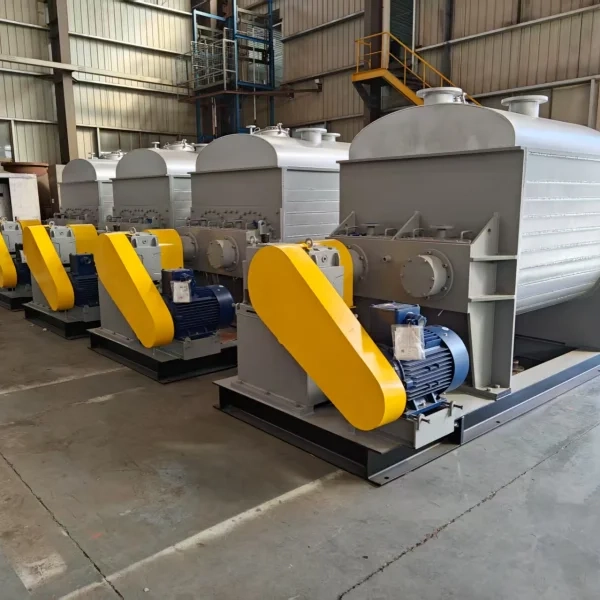Is an ESS Energy Storage System the Future of Sustainable Power?
Introduction: The Growing Need for Energy Storage
In a world that increasingly relies on renewable energy sources like solar and wind, the demand for efficient energy storage solutions has never been greater. While these clean energy sources are abundant and environmentally friendly, they are also intermittent—meaning they don’t always generate electricity when needed. This is where an ESS energy storage system becomes crucial.
What is an ESS Energy Storage System?
An ESS energy storage system (Energy Storage System) is a technology that stores electrical energy for later use. These systems help balance supply and demand, ensuring that power is available when needed, even when renewable sources aren't generating electricity. Companies like CURENTA BATTERY are at the forefront of developing advanced energy storage solutions to support the transition to a sustainable energy future.
How Does an ESS Energy Storage System Work?
An ESS energy storage system works by storing energy in various forms—such as chemical, mechanical, or thermal—and then converting it back into electricity when required. Some of the most common types of energy storage include:
Lithium-Ion Batteries: These are the most widely used due to their high efficiency and long lifespan.
Flow Batteries: These offer scalability and longer discharge durations.
Pumped Hydro Storage: This system uses water elevation to store and release energy.
Compressed Air Energy Storage (CAES): Stores energy by compressing air and releasing it to generate power.
Thermal Energy Storage: Captures and releases heat energy for later use.
Each of these technologies plays a vital role in ensuring that energy is stored effectively and distributed efficiently when needed.
The Benefits of an ESS Energy Storage System
The adoption of an ESS energy storage system brings numerous advantages, making it an essential component of modern energy infrastructure. Some of these benefits include:
Grid Stability and Reliability: By storing excess energy during peak generation times, ESS systems help stabilize the grid and prevent blackouts.
Integration with Renewable Energy: Solar and wind power generation fluctuates throughout the day, but an energy storage system ensures a consistent power supply.
Energy Cost Savings: Businesses and households can reduce electricity costs by storing energy during low-demand periods and using it during peak demand.
Reduced Carbon Footprint: By maximizing the efficiency of renewable energy sources, ESS systems help reduce reliance on fossil fuels.
Backup Power Supply: In case of grid failures, energy storage systems provide an emergency power source for homes and businesses.
https://www.curentabattery.com/energy/
CURENTA BATTERY
